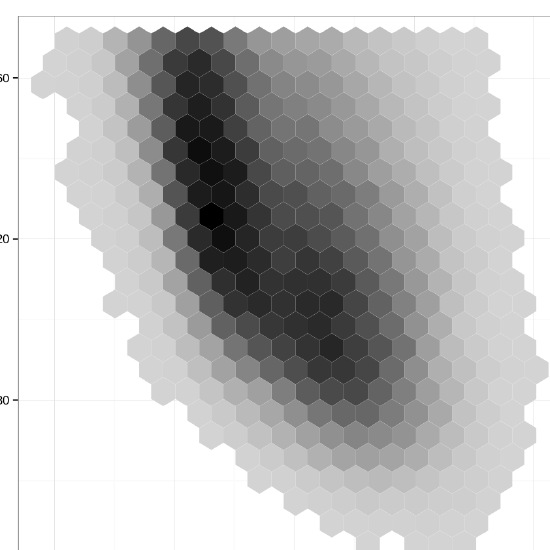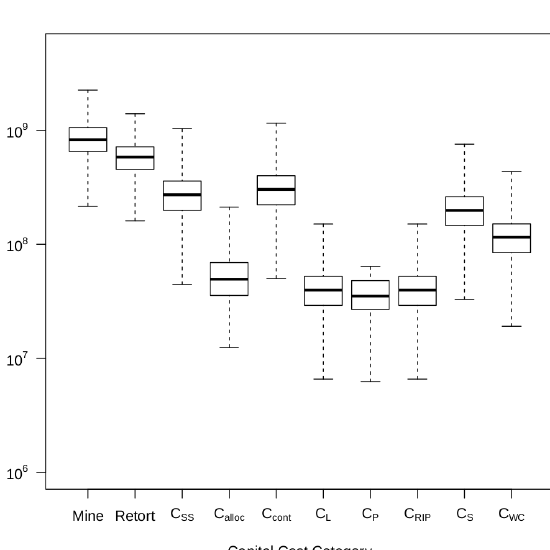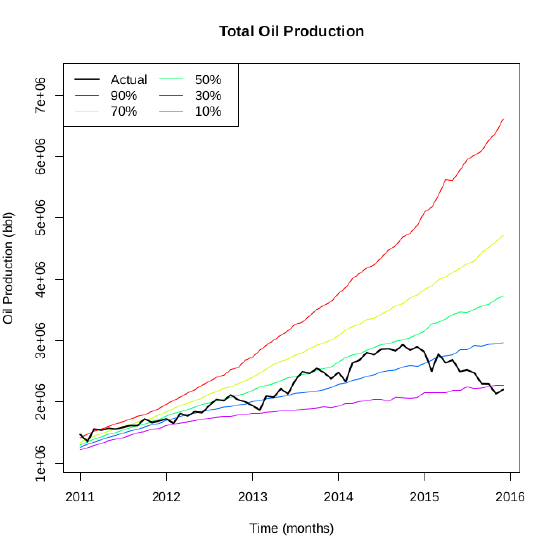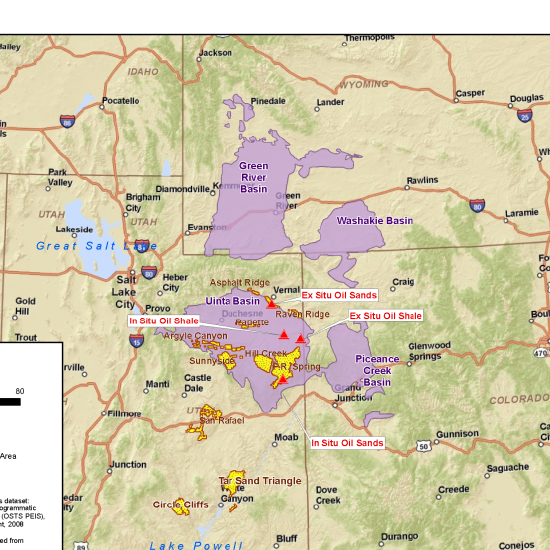In this study, emissions of ozone precursors from oil and gas operations in Utah’s Uinta Basin are predicted (with uncertainty estimates) from 2015–2019 using a Monte-Carlo model of (a) drilling and production activity, and (b) emission factors. Cross-validation tests against actual drilling and production data from 2010–2014 show that the model can accurately predict both types of activities, returning median results that are within 5% of actual values for drilling, 0.1% for oil production, and 4% for gas production. A variety of one-time (drilling) and ongoing (oil and gas production) emission factors for greenhouse gases, methane, and volatile organic compounds (VOCs) are applied to the predicted oil and gas operations. Based on the range of emission factor values reported in the literature, emissions from well completions are the most significant source of emissions, followed by gas transmission and production. We estimate that the annual average VOC emissions rate for the oil and gas industry over the 2010–2015 time period was 44.2E+06 (mean) ± 12.8E+06 (standard deviation) kg VOCs per year (with all applicable emissions reductions). On the same basis, over the 2015–2019 period annual average VOC emissions from oil and gas operations are expected to drop 45% to 24.2E+06 ± 3.43E+06 kg VOCs per year, due to decreases in drilling activity and tighter emission standards.
Jonathan Wilkey, Kerry Kelly, Isabel Cristina Jaramillo, Jennifer Spinti, Terry Ring, Michael Hogue, Donatella Pasqualini
Journal of the Air & Waste Management Association,
2016



